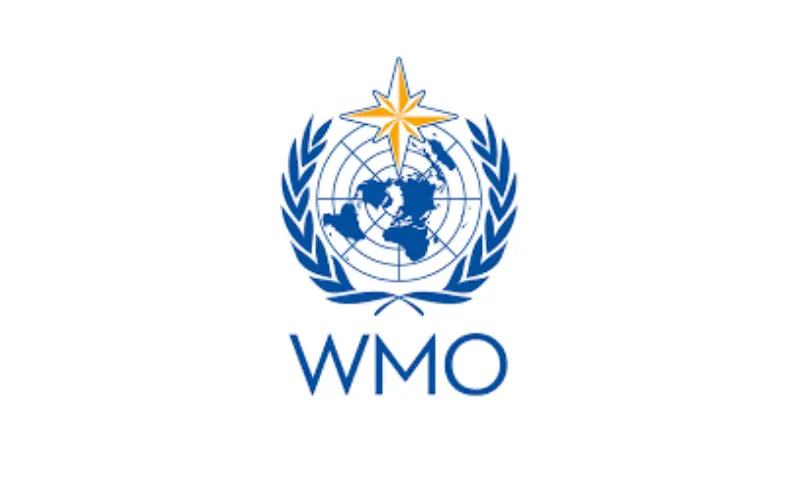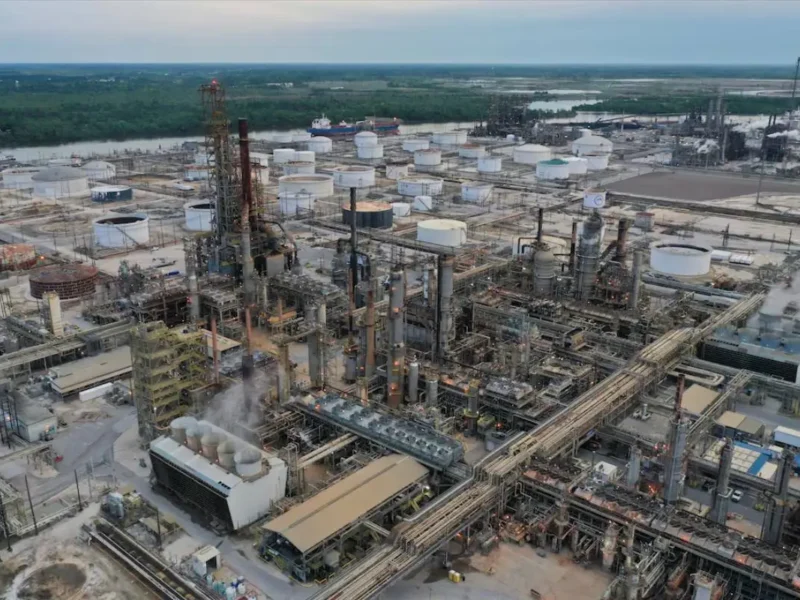
Asia Was World’s Most Disaster-Hit Region In 2023
NEW DELHI, (IANS) – Asia remained the world’s most disaster-hit region from weather, climate, and water-related hazards in 2023. Floods and storms caused the highest number of reported casualties and economic losses, whilst the impact of heatwaves became more severe, a new report from the World Meteorological Organization (WMO) said.
The State of the Climate in Asia 2023 report highlighted the accelerating rate of key climate change indicators such as surface temperature, glacier retreat and sea level rise, which will have major repercussions for societies, economies, and ecosystems in the region.
In 2023, sea-surface temperatures in the north-west Pacific Ocean were the highest on record. Even the Arctic Ocean suffered a marine heatwave.
Asia is warming faster than the global average. The warming trend has nearly doubled since the 1961-1990 period.
“The report’s conclusions are sobering. Many countries in the region experienced their hottest year on record in 2023, along with a barrage of extreme conditions, from droughts and heatwaves to floods and storms. Climate change exacerbated the frequency and severity of such events, profoundly impacting societies, economies, and, most importantly, human lives and the environment that we live in,” said WMO Secretary-General Celeste Saulo.
In 2023, a total of 79 disasters associated with hydro-meteorological hazard events were reported in Asia, according to the Emergency Events Database.
Of these, over 80 per cent were related to flood and storm events, with more than 2000 fatalities and nine million people directly affected. Despite the growing health risks posed by extreme heat, heat-related mortality is frequently not reported.
Approximately 80 per cent of WMO members in the region provide climate services to support disaster risk reduction activities. However, less than 50 per cent of members provide climate projections and tailored products that are needed to inform risk management and adaptation to and mitigation of climate change and its impacts, according to the report.
The report, one of a series of WMO regional State of the Climate reports, was released during the 80th session of the Commission in Bangkok, Thailand. It is based on input from National Meteorological and Hydrological Services, United Nations partners and a network of climate experts. It reflects WMO’s commitment to prioritize regional initiatives and inform decision-making.




